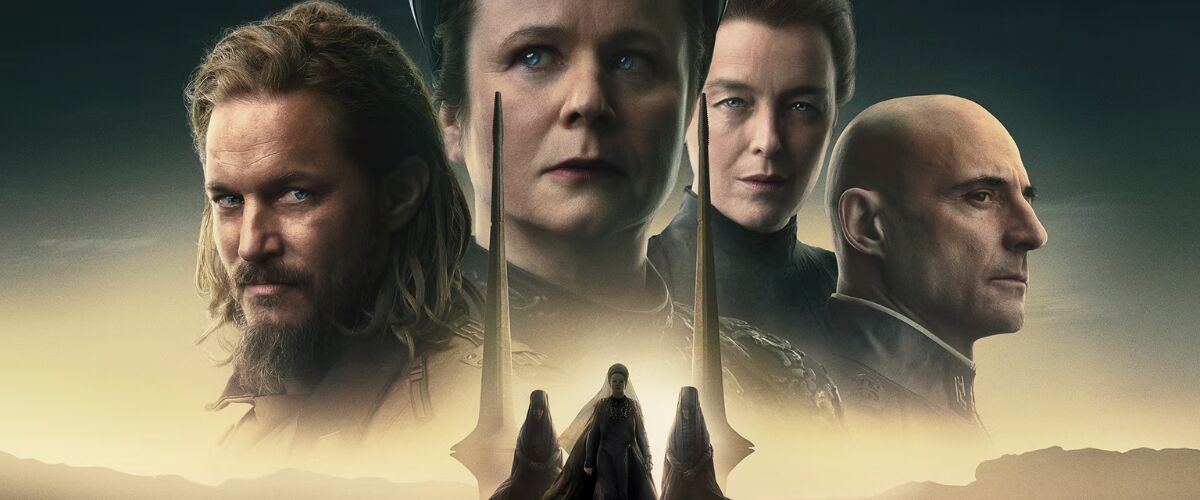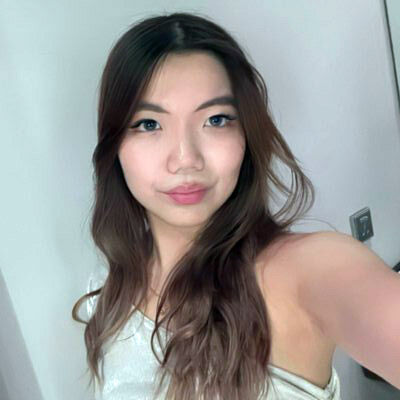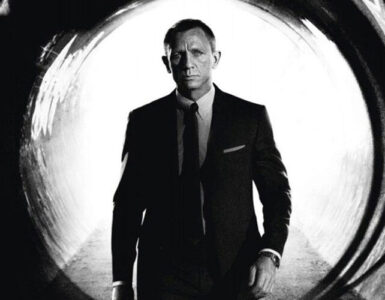This interview has been edited for clarity.
For fans of Dune, the Bene Gesserit stands as one of the most fascinating and mysterious elements of Frank Herbert’s seminal science fiction saga. This shadowy Sisterhood, known for their extraordinary mental and physical abilities, has long shaped the fate of empires from behind the scenes, and was the obvious choice of focus when Warner Bros. Discovery opted to develop a spin-off from Denis Villeneuve’s highly successful and critically acclaimed two-part film adaptation of the same name.
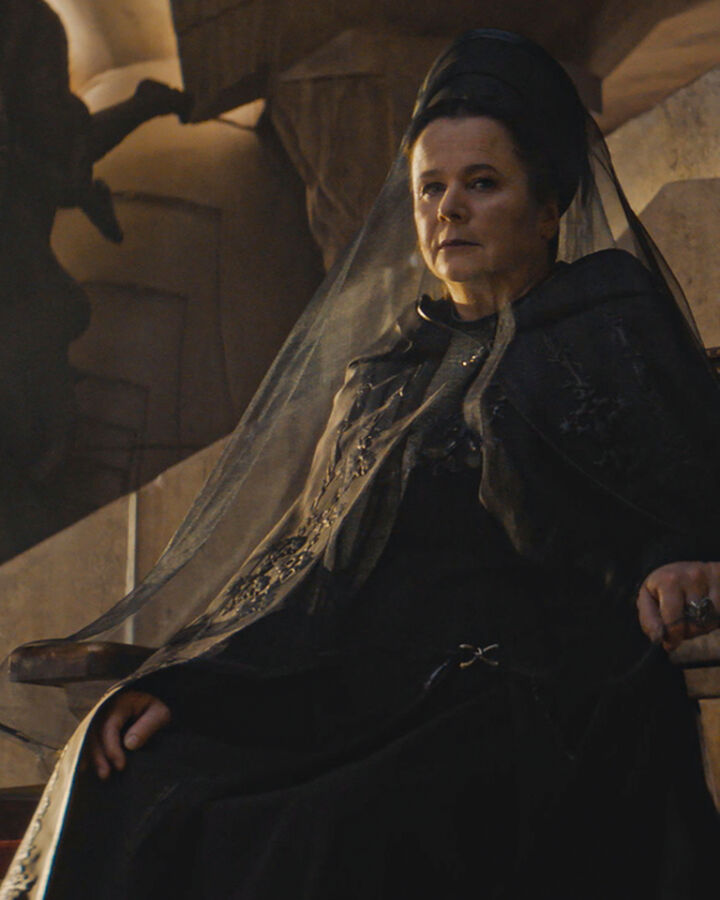
With Dune: Prophecy, the franchise delves deep into their mysterious origins, uncovering the secrets of their rise and influence. Set 10,000 years before the epic battles over Arrakis in the films, this bold new instalment explores the formative era of the Bene Gesserit, when the seeds of their power were first sown. More than just a prequel, Dune: Prophecy reimagines the Dune mythos through a bold new perspective, placing women front and center in a thrilling story that examines power, sisterhood, and the delicate interplay between politics and prophecy.
At the heart of the series is showrunner Alison Schapker’s (Altered Carbon, Alias) vision to marry the grandeur of Herbert’s universe with an intimate exploration of its characters.
“We’re set in the shadow of the Great Machine Wars, where humanity is rebuilding after a war with artificial intelligence,” she explained to Geek Culture as part of a group interview with the showrunner, cast, and creators to delve into this exciting new chapter in the Dune saga.
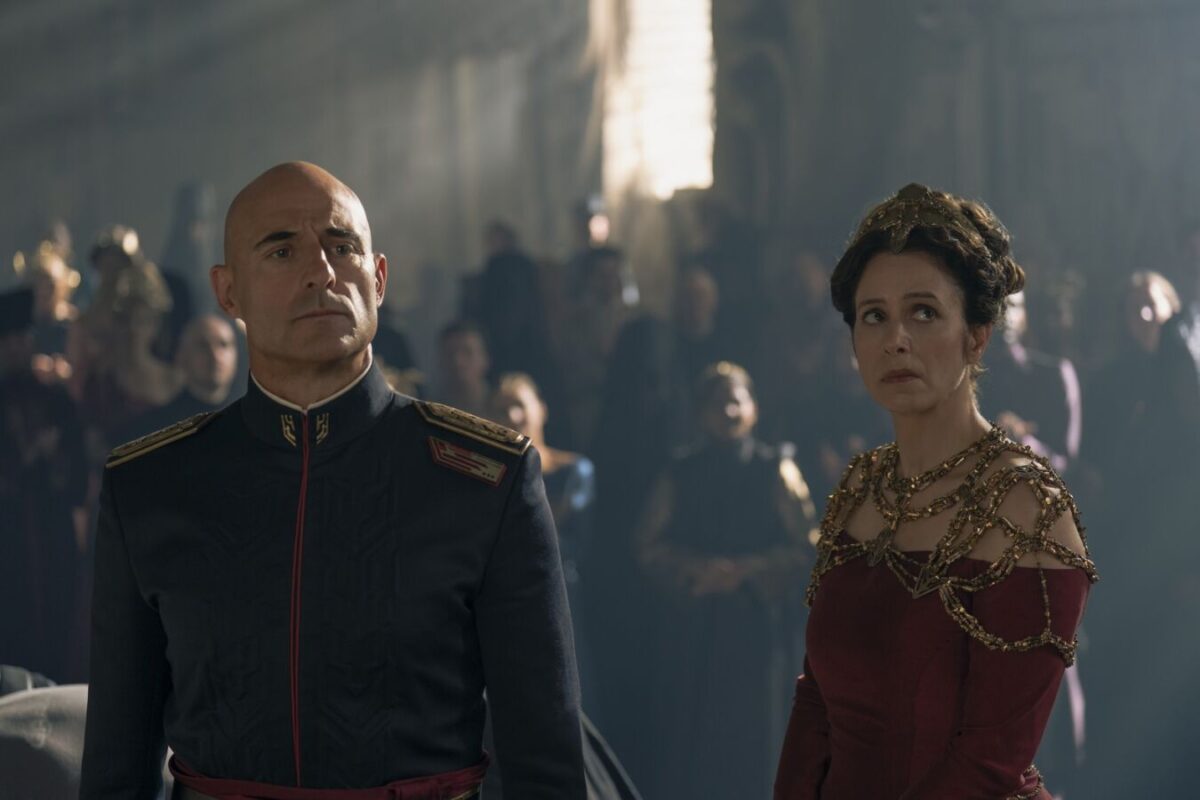
“This is a sort of neo-interstellar feudalism happening, and we are examining the early days of the Sisterhood, which is the order that will eventually become the Bene Gesserit and create Paul Atreides 10,000 years in the future.”
And rise the Sisterhood will, with a compelling cast of female characters leading the charge. The story centers on two Harkonnen sisters, Valya and Tula, played by Emily Watson (Chernobyl) and Olivia Williams (The Crown) respectively, as they navigate the turbulent foundation of the Sisterhood and ultimately shape the future of humanity, with a deep resonance in themes of female empowerment and agency.
While this focus on female characters might seem like a modern approach based on Hollywood’s desire for a foundation in wokeism, the Dune Universe is already steeped in the message of equality, noted Schapker.
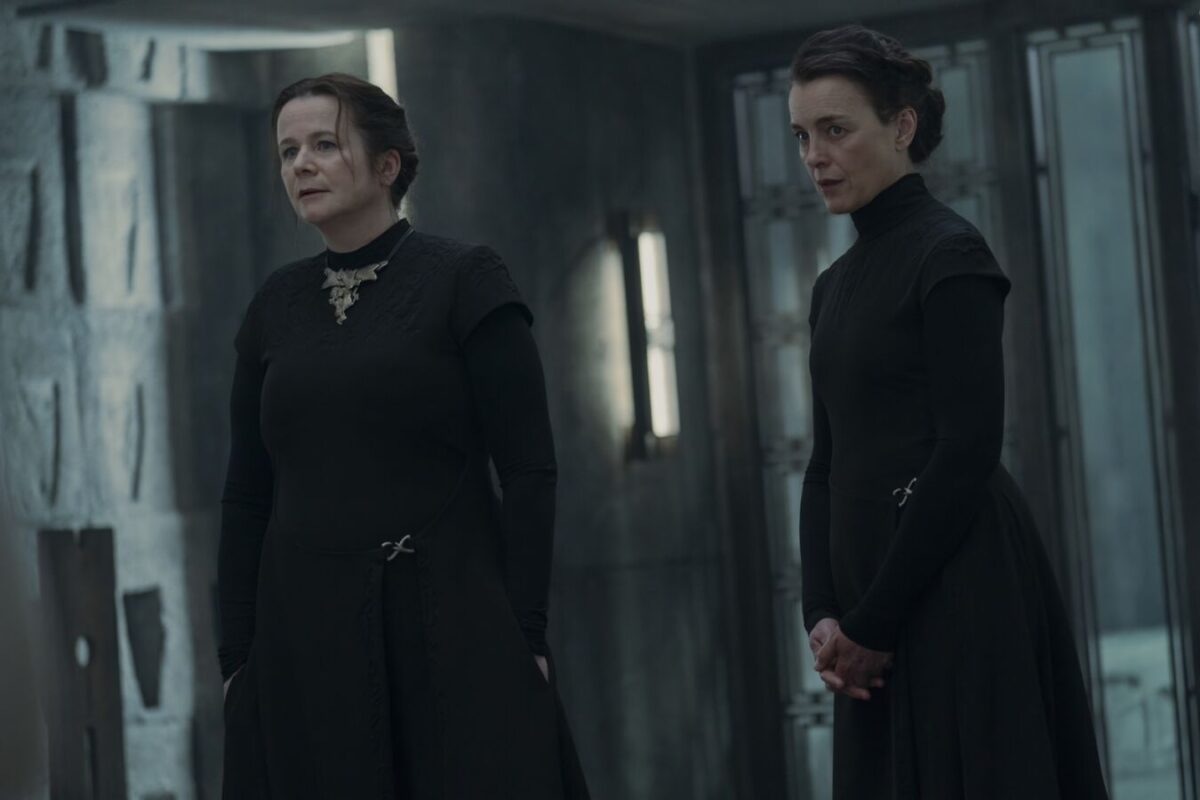
“Herbert imagined a world where women were powerful, where they were complicated and rich characters who were driving stories. So in that sense, we’re being very true to the source material.”
Jade Anouka (His Dark Materials), who plays Sister Theodosia, a young woman harbouring a dangerous secret, also expresses her enthusiasm for a female-led narrative. “That’s part of the reason that I was so delighted to get this job, to be part of a show that puts women front and centre. They’re not just restricted to domestic or romantic roles. They’re really driving the story.”
She adds, “These women have honed in on their natural skills, so much so that they can literally control people with their Voice. Like, it’s an amazing achievement to be part of that.” The Voice is a Bene Gesserit ability in Dune that allows them to control others through vocal manipulation, like advanced hypnosis. Remember Paul (Timothée Chalamet, Dune: Part Two, Wonka) silencing the Reverend Mother (Charlotte Rampling, Dexter) in Dune: Part Two? That’s the Voice in action.
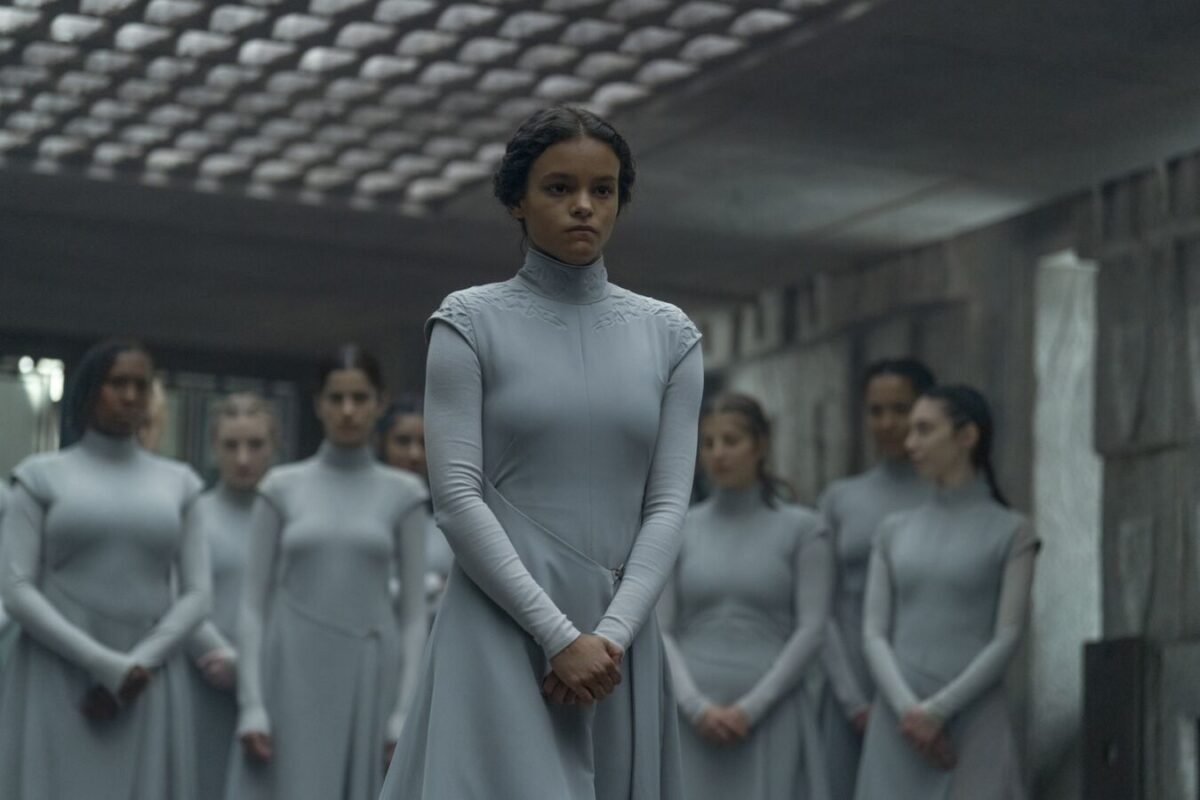
Chloe Lea (Foundation), who plays the empathetic Lila, a young acolyte struggling with universal questions of identity and purpose in the Sisterhood, echoes this sentiment. “It’s quite ironic, because the powerful men, the leaders of the houses, think that the women are there to serve them, when instead they’re controlling the forefront. It’s such a perfect show to champion women in a powerful way that’s not just to serve a man in the story.”
Executive producer Jordan Goldberg (Westworld, Inception) emphasises the show’s dedication to exploring the Bene Gesserit’s rise to power. “We’re seeing them from the inside out. We’re seeing all their moves. We’re seeing all their schemes going on,” he says. “But we’re also seeing how they train people to become part of the Sisterhood.”
The physical and mental rigour of training was not lost on the cast. Both Anouka and Lea underwent intense training to master the Sisterhood’s disciplines, from intricate fight choreography to the meditative movements of Prana-bindu, which denotes supreme control of nerve and muscles.
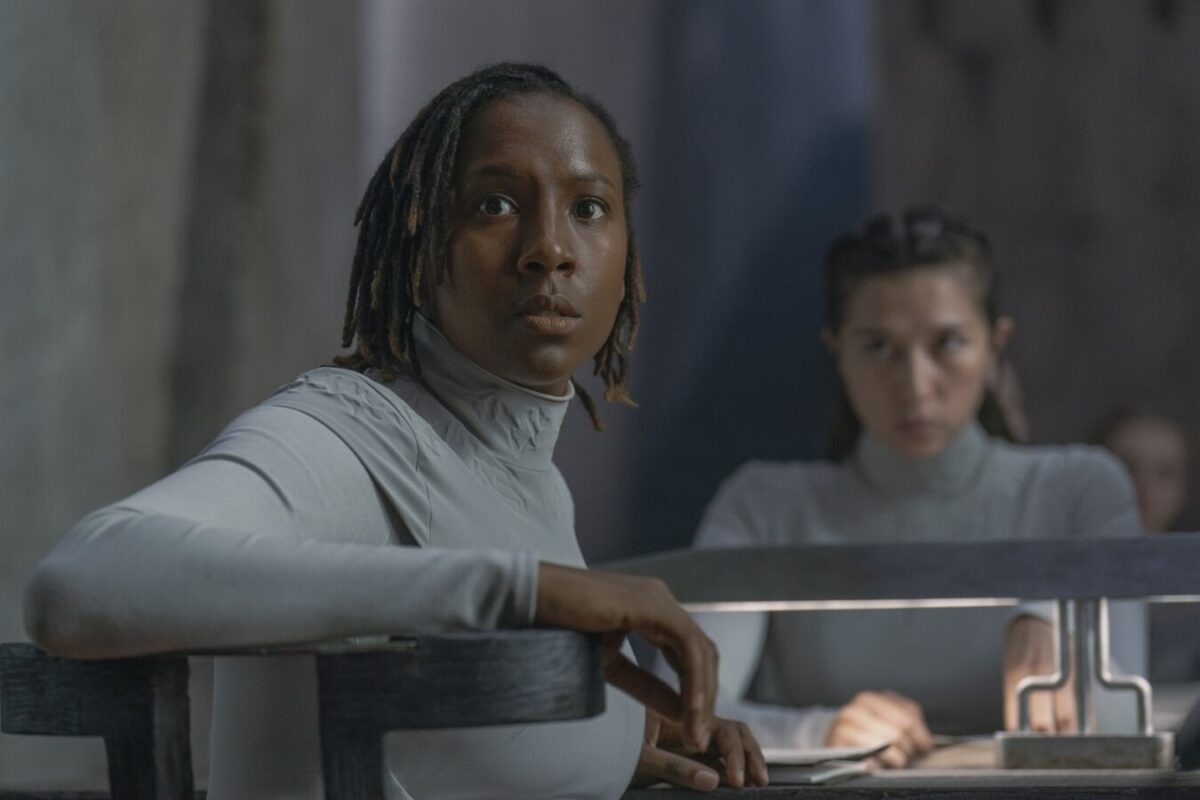
“The most challenging was learning the Prana-bindu moves, which is like a meditation movement. And you see us doing that on the side of a cliff, when the rain’s coming down. And actually, that’s quite a lot of choreography that we had to learn,” Anouka recalled.
“And there was also physical training, because these sisters have a lot of mental capabilities, but they can also fight. They can defend themselves, they can attack when they have to,” Lea added.
Even Travis Fimmel (Vikings, Warcraft), who plays the enigmatic Desmond Hart, a soldier at odds with the Bene Gesserit, acknowledges their power. “My character has a bad background with the Bene Gesserit,” he admits. “He thinks they’ve influenced people in the wrong way and certainly sent the world’s trajectory in the wrong direction. It is a lot to play.” This conflict between Hart and the sisterhood adds intrigue to the series, highlighting the challenges these women face in their quest for influence.
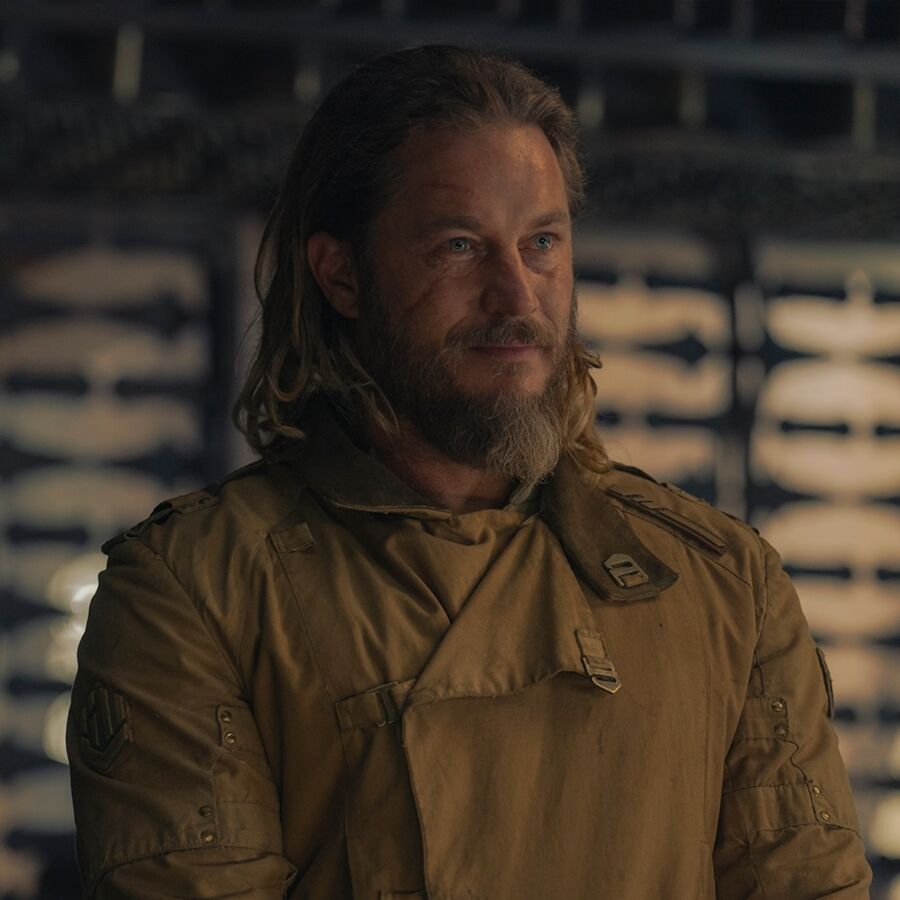
Beyond its thematic focus, Schapker views Dune: Prophecy as an opportunity to honour Herbert’s legacy while exploring new creative horizons. Working closely with Herbert’s estate, the team rooted their narrative in the Sisterhood of Dune novels while expanding the story to suit long-form television. “We had some free rein to see where these characters might go, which was invigorating. It’s about grounding the characters so that audiences can connect with them, even in a complicated universe like Dune,” she says.
For the actors, the detailed sets and costumes provided an immersive experience that brought the world of Dune to life. “As soon as I put on the costume and stepped into the set, I was like, ‘Oh, I get what this is’,” Anouka recalls.
Lea adds, “And the detail as well, like the pen that we write our schoolwork with. Everything is so specific, and it just means that there’s a level of pretense that we don’t have to worry about. We can focus on telling the story properly, because actually, we’re living in this world while we’re on set.”
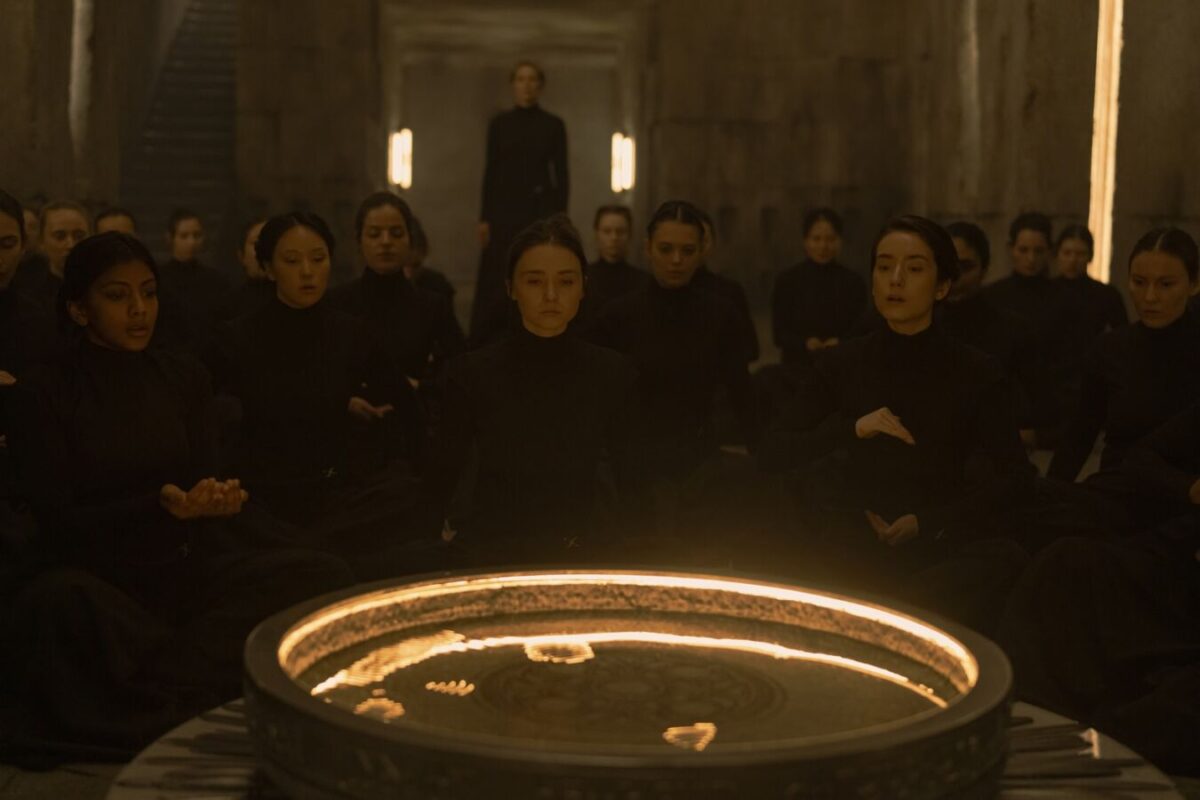
With its focus on the Bene Gesserit’s rise and the morally ambiguous players who shape their path, Dune: Prophecy offers a fresh yet faithful addition to the Dune canon. “We’re going to tell an origin story of the Bene Gesserit as we introduce fans and new fans, we hope, to another part of the Dune universe,” Schapker says. By exploring this previously unseen chapter, the series appeals to both longtime fans and newcomers alike.
“It was great to see an all female organisation shaping the universe in a very mysterious way, to go behind the veil and see how they might operate, how they rose to power. That was incredibly exciting to me as a writer and a creator. It’s been fun for everyone involved with the project to be looking through that lens.”
Dune: Prophecy is now streaming on Max, with new episodes dropping weekly.

